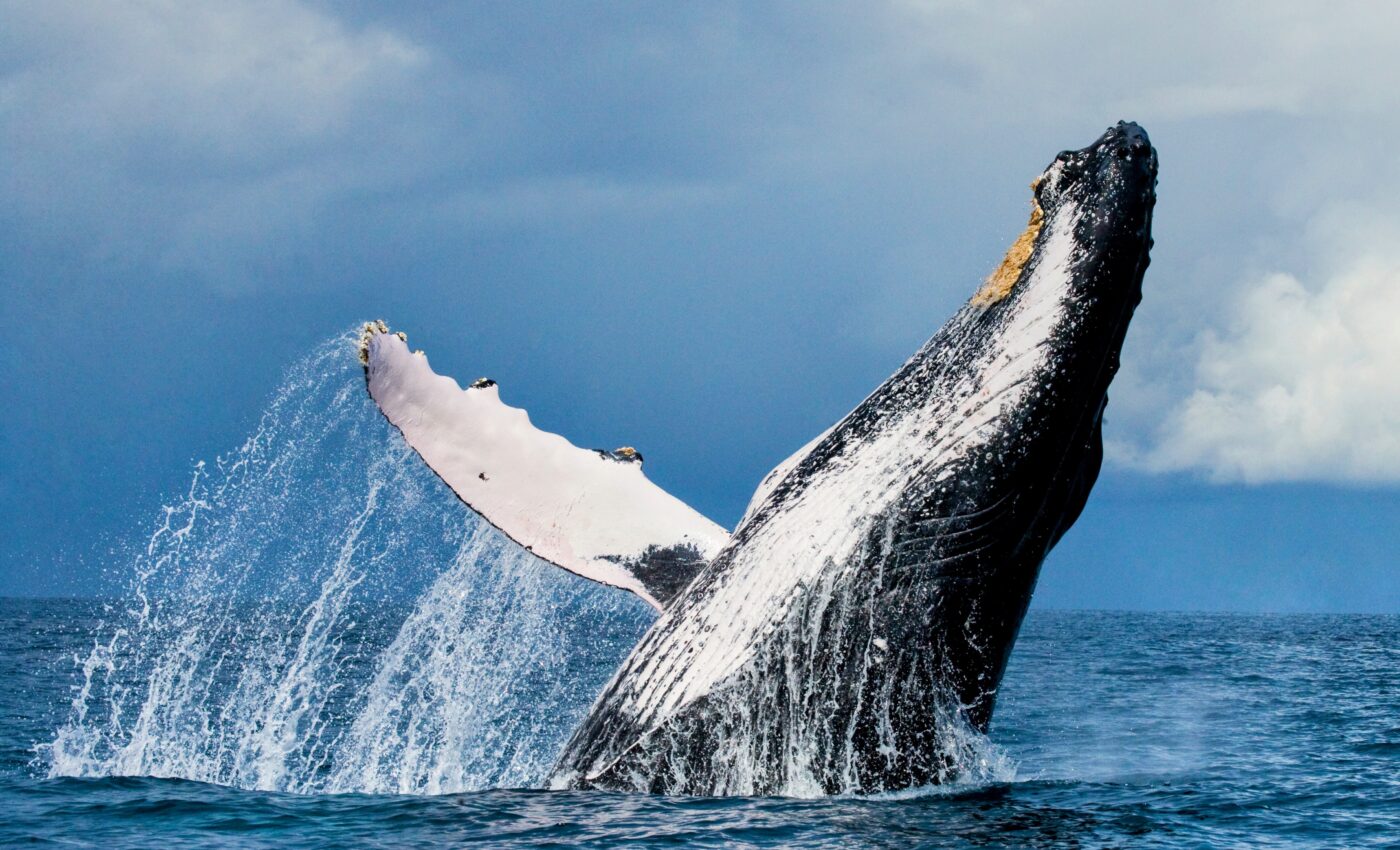
New Egyptian whale species adds to the fascinating story of whale evolution
A stunning discovery from the Mansoura University Vertebrate Paleontology Center will greatly expand our understanding of whale evolution. An international team of scientists has unearthed the fossil remains of a previously unknown species – an extinct whale named Tutcetus rayanensis.
This new species, referred to as the “pharaoh of whales,” dates back around 41 million years. Tutcetus rayanensis offers critical insights into the early evolution of whales and their shift from land to sea.
The species belongs to the group Basilosauridae, a lineage of fully aquatic whales representing a pivotal phase in whale evolution.
Remarkable discovery
Tutcetus rayanensis is notable for being the smallest basilosaurid whale ever discovered and one of the oldest records of that family in Africa. The discovery provides unparalleled insights into the early whales’ life history, phylogeny, and paleobiogeography.
Hesham Sallam, a professor of Vertebrate Paleontology at the American University in Cairo and leader of the project, reflected on the significance of the find.
“Whales’ evolution from land-dwelling animals to beautiful marine creatures embodies the marvelous adventurous journey of life,” said Sallam. “Tutcetus is a remarkable discovery that documents one of the first phases of the transition to a fully aquatic lifestyle that took place in that journey.”
Tutcetus characteristics
These ancient whales developed a streamlined body, flippers, a strong tail, and a tail fin, resembling fish-like characteristics. Intriguingly, their hind limbs were still visible enough to be recognized as “legs,” though they were no longer used for walking.
The holotype specimen consists of various parts, including the skull, jaws, hyoid bone, and atlas vertebra, all embedded in compacted limestone. With an estimated length of just 2.5 meters and a weight of around 187 kilograms, Tutcetus stands out as the smallest known member of its family.
“Tutcetus significantly broadens the size range of basilosaurid whales and reveals considerable disparity among whales during the middle Eocene period,” said study lead author Mohammed Antar.
“The investigation of the older layers in Fayum layers may reveal the existence of an older assemblage of early whale fossils, potentially influencing our current knowledge of the emergence and dispersal of whales.”
Egyptian heritage
Named with a nod to Egyptian history, Tutcetus combines “Tut” – referring to the famous Pharaoh Tutankhamun – with “cetus,” Greek for whale. This nomenclature highlights the specimen’s small size and subadult status, aligning it with the cultural heritage of Egypt.
Sanaa El-Sayed, a PhD student and co-author of the study, linked the discovery to global climate phenomena:
“The relatively small size of Tutcetus (188 kg) is either ancient retention or could be linked to the global warming event known as the ‘Late Lutetian Thermal Maximum (LLTM).’”
Early evolution of whales
“This groundbreaking discovery sheds light on the early evolution of whales and their transition to aquatic life,” said El-Sayed.
The team used CT scanning to analyze Tutcetus’s teeth and bones, reconstructing the growth and development patterns of this species. Their findings suggest a precocial lifestyle, with rapid dental development indicative of a fast pace of life history. Furthermore, the discovery adds to the understanding of basilosaurids’ early success in aquatic environments.
Abdullah Gohar, another Ph.D. student involved in the research, commented on the ancient whales’ breeding habits.
“Modern whales migrate to warmer, shallow waters for breeding and reproduction, mirroring the conditions found in Egypt 41 million years ago,” said Gohar.
“This supports the idea that what is known as now Fayum was a crucial breeding area for ancient whales, possibly attracting them from various locations and, in turn, drawing in larger predatory whales like Basilosaurus.”
Egypt’s Western Desert
With significant paleobiogeographic implications, the discovery showcases the rapid spread of basilosaurids across the Southern Hemisphere during the middle Eocene.
“The Eocene fossil sites of Egypt’s Western Desert have long been the world’s most important for understanding the early evolution of whales and their transition to a fully aquatic existence,” said Erik Seiffert, professor of Integrative Anatomical Sciences at the University of Southern California.
“The discovery of Tutcetus demonstrates that this region still has so much more to tell us about the fascinating story of whale evolution.”
—-
Check us out on EarthSnap, a free app brought to you by Eric Ralls and Earth.com.













